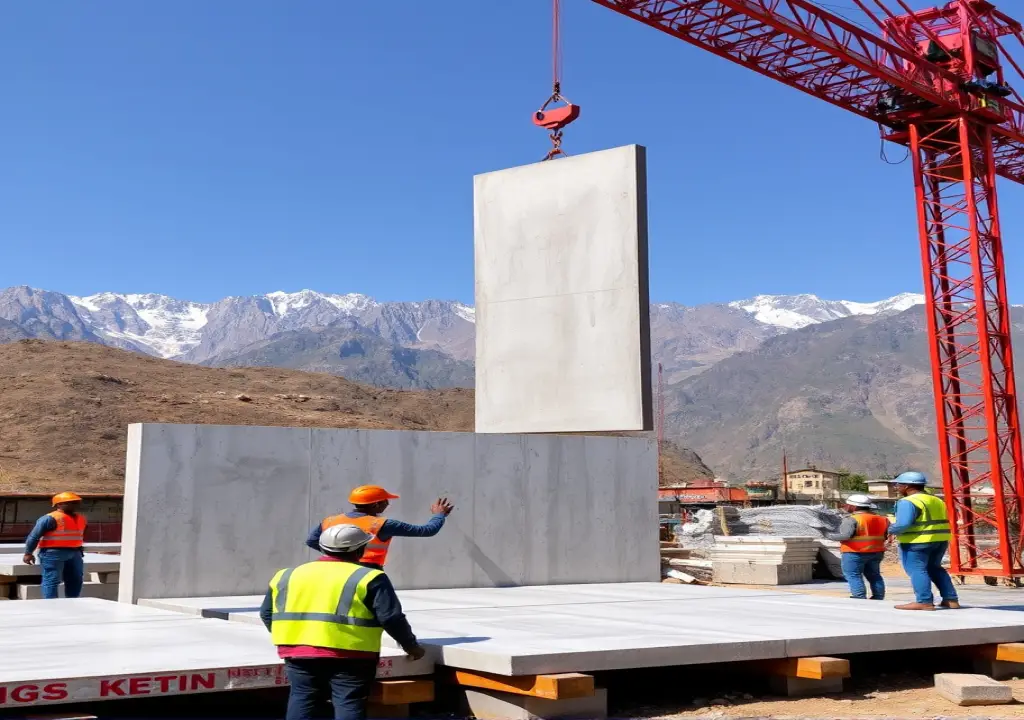Search Blogs

Published By: Admin
Published On: Sep 04, 2024, 10:08:13 AM * 5
Key Aspects of Vastu Shastra
Vastu Shastra is an ancient Indian architectural science that provides guidelines for designing and constructing buildings in harmony with natural forces. It emphasizes the arrangement, design, and orientation of spaces to create a balanced and positive living environment. Below is a comprehensive overview of the need for Vastu Shastra in-house construction and the benefits of following its principles:
1. Site Selection and Orientation
- Site Selection: Vastu Shastra emphasizes selecting a site with good soil quality, proper drainage, and a balanced landscape. The land should be regular in shape, ideally square or rectangular, with a level surface.
- Orientation: The orientation of the house is crucial in Vastu. The main entrance should ideally face north, east, or northeast, as these directions are associated with positive energy and prosperity. South-facing homes can be challenging but can be managed with specific Vastu remedies.
2. Room Placement and Function
- Living Room: The living room should be in the north, northeast, or east to allow maximum natural light and positive energy flow.
- Kitchen: The kitchen should be located in the southeast corner, governed by the fire element, which is considered ideal for cooking. The northeast corner should be avoided for kitchens.
- Bedroom: The master bedroom is best placed in the southwest direction, promoting stability and health. Children’s bedrooms can be in the west or northwest.
- Bathroom and Toilets: These should be in the northwest or southeast direction, with proper ventilation to avoid negative energy accumulation.
- Pooja Room: The prayer room should be in the northeast corner, which is considered the most sacred and auspicious direction.
3. Energy Flow and Balance
- Windows and Doors: Windows should be placed on the north and east walls to allow the flow of positive energy. The number of doors and windows should be even to balance energy circulation within the house.
- Central Space (Brahmasthan): The center of the house, known as Brahmasthan, should be kept open or with minimal construction to allow the free flow of energy. Heavy furniture or structures in this area can block energy flow.
- Staircase Placement: The staircase should be in the southwest, south, or west direction. Staircases in the northeast can lead to financial instability.
4. Materials and Colors
- Materials: Natural materials like wood, stone, and clay are preferred in Vastu Shastra, as they are believed to align better with natural energy forces.
- Colors: Vastu Shastra recommends using colors that correspond to the direction and element. For example, blue or green in the east (air element), red in the southeast (fire element), and white or cream in the northwest (air element).
5. Additional Considerations
- Water Bodies: Water bodies like wells, fountains, or swimming pools should be placed in the northeast direction to enhance positive energy and prosperity.
- Septic Tank Placement: The septic tank should be placed in the northwest direction to avoid negative effects on health and wealth.
- Lighting and Ventilation: Adequate natural lighting and ventilation are crucial to maintain the balance of energy in the house. Rooms should be well-ventilated, and artificial lighting should complement natural light.
Benefits of Constructing a House According to Vastu Shastra
1. Enhanced Well-Being and Health
- Vastu Shastra promotes the construction of homes that allow natural light and air to circulate freely, which can improve the overall health and well-being of the occupants. Proper room placement and orientation ensure that each member of the household receives the maximum benefit from positive energy sources.
2. Financial Prosperity
- Following Vastu principles can lead to financial stability and prosperity. Correct placement of the entrance, rooms, and kitchen can attract wealth and reduce financial obstacles. For instance, placing the kitchen in the southeast direction, governed by the fire element, is believed to enhance financial success.
3. Harmonious Relationships
- Vastu Shastra emphasizes creating spaces that foster harmony and peace among family members. The correct placement of bedrooms, living areas, and the pooja room helps maintain positive interactions and reduces conflict. The southwest placement of the master bedroom, for example, strengthens the relationship between partners.
4. Positive Energy Flow
- The design and layout of the house according to Vastu ensure that positive energy flows throughout the home, creating an environment of peace, positivity, and mental clarity. This balanced energy flow can enhance creativity, reduce stress, and promote mental well-being.
5. Spiritual Growth and Peace
- Constructing a house with Vastu Shastra principles supports spiritual well-being by aligning the living space with cosmic energy. The northeast direction, considered the most auspicious, is ideal for meditation and spiritual activities, promoting a sense of peace and connection with the divine.
6. Protection from Negative Influences
- Vastu Shastra provides guidelines to avoid or mitigate the impact of negative energies. For example, proper placement of septic tanks and avoiding the construction of toilets in certain areas can protect the home from health issues and negative influences.
7. Long-Term Happiness and Success
- A home built according to Vastu Shastra is believed to bring long-term happiness, success, and fulfillment to its inhabitants. The harmonious environment created by Vastu principles can lead to personal and professional growth, making the home a true haven for its residents.
In summary, Vastu Shastra offers a holistic approach to house construction, ensuring that the living space is in harmony with natural forces. By following Vastu guidelines, homeowners can create a balanced, positive, and prosperous environment that enhances well-being, success, and happiness.
